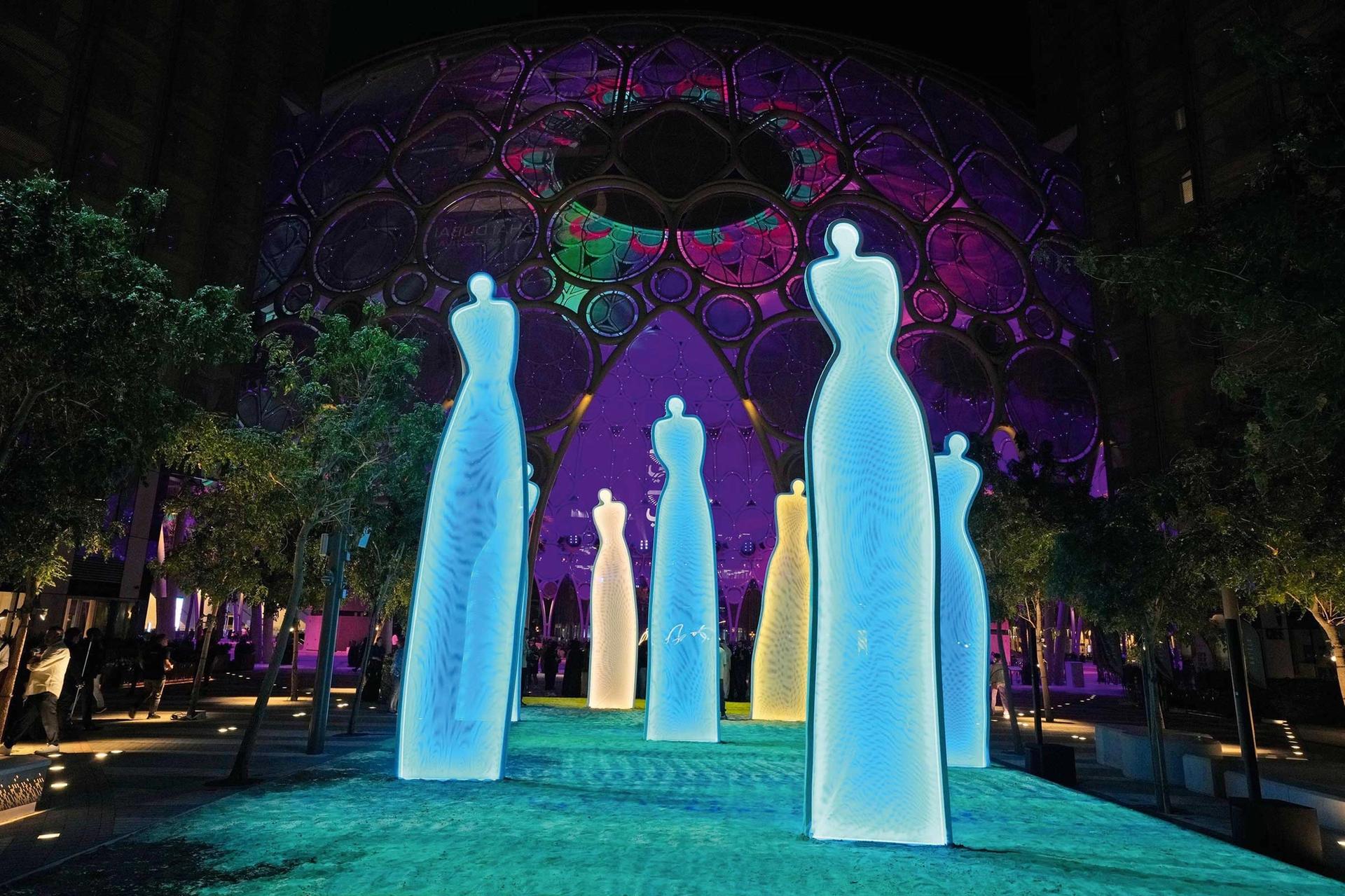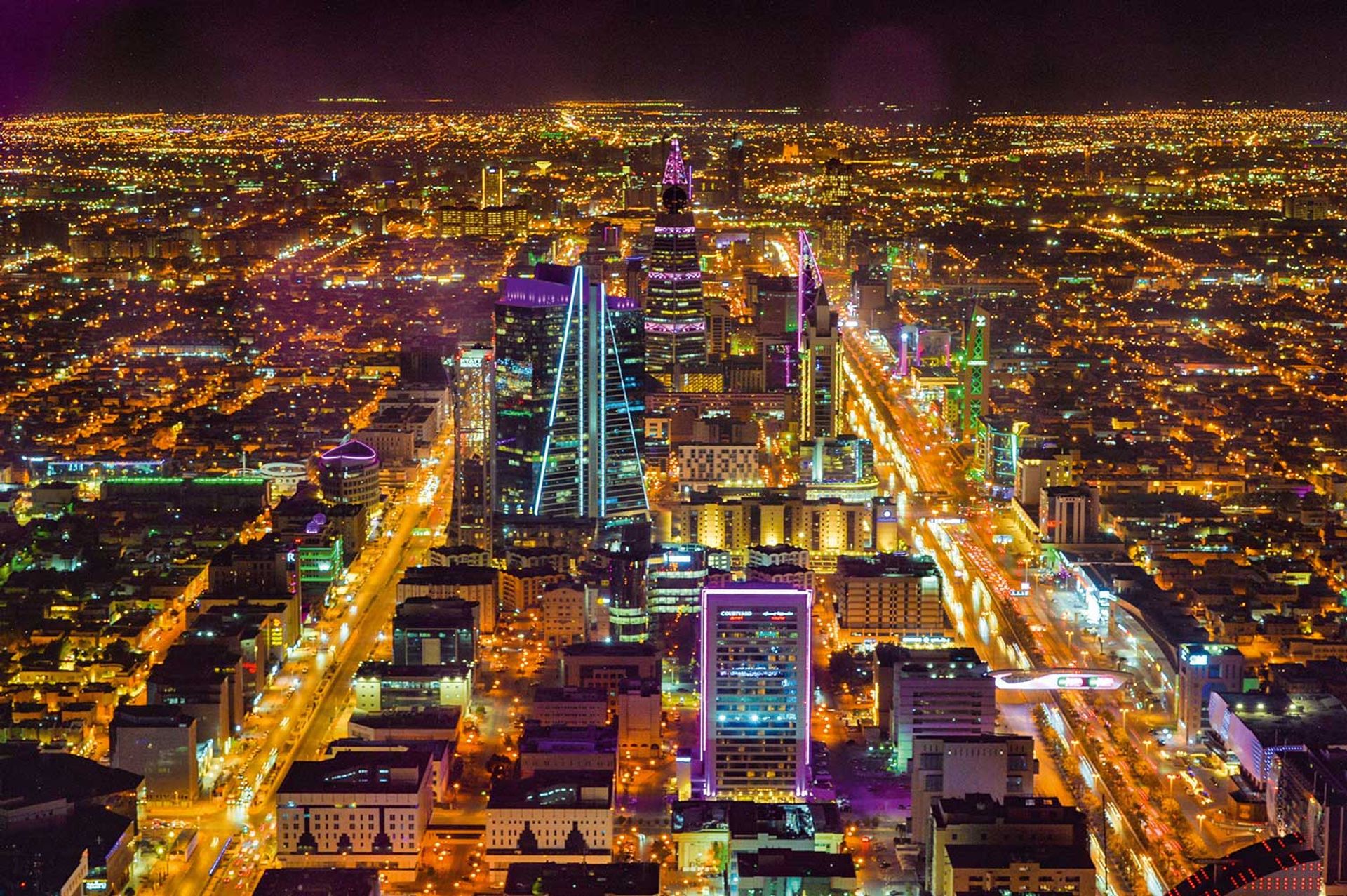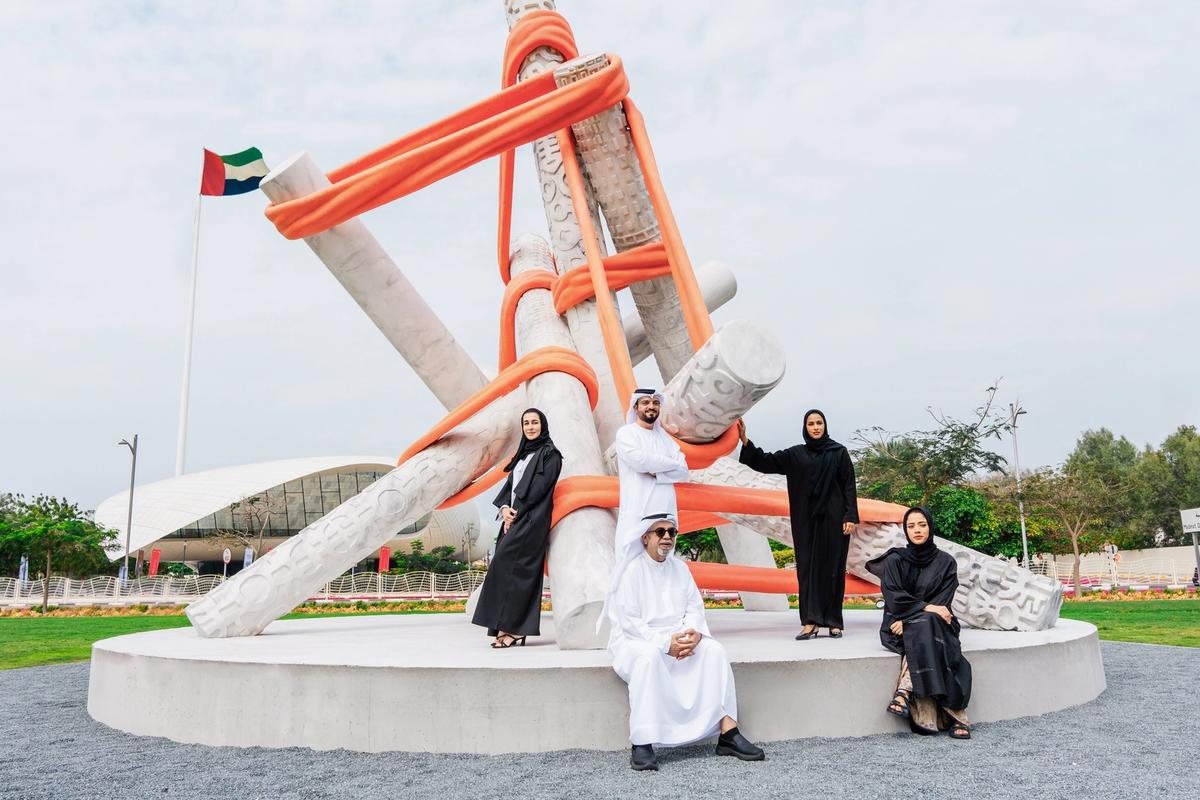At Art Dubai last year, the Dubai Culture & Arts Authority announced a new commission for the plaza in front of the Etihad Museum, Dubai’s major public institution. The shortlist for the public artwork, which was unveiled yesterday, comprised five Emirati artists: Afra Al Dhaheri, Asma Belhamar, Khalid Al Banna, Mohamed Ahmed Ibrahim and Shaikha Al Mazrou.
As Al Dhaheri tells it, when the artists realised who else had been shortlisted—while at the Art Dubai art fair—they were immediately taken aback by the idea of competition. “These are all my friends!” she says. “We didn’t know what to think—we were all laughing.”
Ibrahim, who was part of the first generation of artists in the United Arab Emirates, decided he would bow out. “He said, I respect all of you, and I’m so proud of your practice, so I’m going to withdraw,” Al Dhaheri recounts. “I’m going to leave this for you.” The others demurred, and the five eventually hatched a plan of collaborating as one on the commission, which they titled The Union of Artists (“etihad” also means “union” in Arabic).
“We felt like this is a moment for us to send a message,” says Al Dhaheri, who is a professor of visual arts at Zayed University. “It’s not one of us, it’s all of us together. And we are creating an idea of what a public artwork is in the UAE. We looked back at artworks existing in roundabouts and thought about the idea almost as if we were academics.”
Public artworks have a particular history in the Gulf. Many of the roads that were laid down at speed to service the young nations were adorned with public sculptures—often overly literal ones, like giant-size versions of a dallah (traditional Gulf coffeepot), or dhows, wooden boats perched on roundabouts like the sea had just gone out. There were also more serious commissions, such as by the visionary Jeddah mayor Mohamed Said Farsi, who installed artworks for the city’s waterfront by artists such as Henry Moore, Alexander Calder and Saloua Raouda Choucair in the 1970s.
An explosion of outdoor art
With the UAE and Saudi Arabia’s huge investment in culture, public art has returned of late—with a vengeance. Dubai Public Art’s programme, in addition to the collectively made sculpture at the Etihad Museum, is also commissioning work around the city in partnership with major stakeholders Art Dubai, Tashkeel, Alserkal Avenue and Art Jameel. Expo City Dubai, the real-estate development on the site of the former Expo 2020 Dubai, staged the light festival Dhai Dubai earlier this year, and is already dotted with the permanent artworks from the programme curated by Tarek Abou El Fetouh when the Expo opened in 2021.

Lighting up the city: Najat Makki’s Scent of Memories in the Dhai Dubai light festival at Expo City Dubai earlier this year
Photo: Kamran Jebreili/Associated Press/Alamy Stock Photo
Last year, Abu Dhabi’s Department of Culture and Tourism launched Public Art Abu Dhabi, with Manar Abu Dhabi, an outdoor exhibition of light art around the city and its islands that ran from November to January, as well as a public art biennial that will be curated by Reem Fadda and Galit Eilat in November this year.
And in Saudi, the umbrella organisation Riyadh Art wrapped up its third light-art festival, Noor Riyadh, also last November. According to its organisers, the audience grew from 300,000 in 2021 (a pandemic year) to 3.1 million in 2023. A second strand is a sculpture competition, which aims to put permanent works throughout the city.

The Noor Riyadh light festival in 2022
Manon Duclos/Abaca Press/Alamy Stock Photo
“Permanent public art is crucial to Riyadh Art’s vision of transforming the city into a ‘gallery without walls’,” says Nouf Almoneef, Noor Riyadh’s director. “The Riyadh Art programme will eventually showcase more than 1,000 public artworks across the city through ten programmes and two annual events, including Noor Riyadh and Tuwaiq Sculpture.”
Public art serves many purposes: it improves the quality of life for residents; widens art’s appeal among different demographics, as the UAE and Saudi invest in contemporary art museums; offers a draw for tourists; and allows the governments to support young artists and engage with more recognised ones. And it takes advantage of the temperate, rain-free Gulf winter.
At the same time, it has its detractors, particularly in terms of the focus on light art. There are worries that opportunities in light art push artists towards developing work in that one medium, and there is also the cost of production and installation for festivals that run for only a short time.
But permanent works also show a visible commitment to new contemporary idioms. Many of the Saudi and the UAE’s art pioneers were never commissioned for public work, and showed mostly in off-radar venues. For artists now, the invitations come as a form of endorsement.
“Our scene had always been top down,” says Al Dhaheri about the collective sculpture. “We felt like this is a moment where we can shift this dynamic. Instead of being told and prompted in what to do, we’re going to turn it around and tell them what we want to do.”


